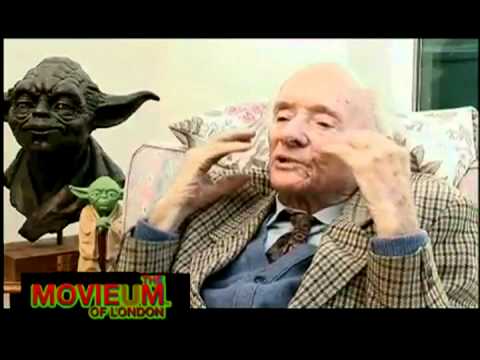The following article first appeared in The New York Times, August 27, 1911.
Two Hundred Men Required to Handle the Inanimate Objects Used at the Hippodrome Show
Every year when the Hippodrome’s production—always bigger and better than every other Hippodrome production—is being got ready something new develops to excite the interest of the stage managers and the newcomers in the company. This year the rehearsing of the stage hands has attracted the attention of those in power back of the curtain, and in the intervals between the practice of the actors and singers and the animals the stage has been given over to the head property man, the stage carpenter, and the chief electrician, that they might put their forces in trim for next Saturday’s opening.
The show this year, according to Louis Bauer, the head property man, will require about 200 men to “work” it properly. Sixty of them are property men or “clearers,” about the same number are needed in the electrical department, and the rest are the “grips,” who set the scenery, and the engineers. As everybody who is acquainted with the back of the stage knows, property men, stage hands or “grips,” and electricians have separate duties, prescribed by the laws of their unions.
The property men are going to have more work than usual with the present show, they think. There is, for example, one “grass mat” that weights fully three tons, and requires sixty men to roll and move it off or on the stage. It is constructed of rag carpet and raffia, woven in alternate strips. The property men have to learn to put it in place in an astonishingly few number of seconds, and to take it up and move it from the sight of the audience in even fewer seconds.
Then there are seven more “ground cloths”—carpets that cover the whole big stage—that have to be put down and taken up several times during the performance. And every man in the property department must know when the public performances begin just which place along the edge of a “ground cloth” is his and just how to unroll the unwieldy carpets and roll them up again so as not to interfere with his neighbors.
The system by which the stage hands work has been in a process of development ever since the Hippodrome’s first season. It has been found expedient to divide the forces into two sections, one for each side of the stage, and to give each man a number. The “properties” and the pieces of scenery are numbered to correspond with the men who are to handle them, and each man is taught what he is to do at every minute during the show.
When a scene is being set or “struck” no orders can be given by the heads of the deparments because of the size of the stage and the distances the workers have to cover. All of the “cues” for the stage hands are given by lights worked from the electrician’s bridge, way up on one side of the stage, in an alcove built in the wall. Most of the changes of scenery are made in absolute darkness, a condition seldom required in an ordinary theatre, and the men have to know their way around in the pitch blackness of a crowded stage. During the rehearsals that have been going on this week the stage hands have gone through their work in the light first until their supervisors have been satisfied that they know their duties. Then they have been rehearsed over and over in the dark. The show this year will have seventeen scenes, and in order to keep the entertainment within reasonable time limits, it has been necessary to cut the time of changing scenes to the minimum. One-half a minute for movable parts of the stage. And the biggest scene is the hope of the managers.
The rehearsals of the stage force have included rehearsals of the engineers—about thirty-five of them—in tending the pumps that fill and empty the big tank, and the hydraulic lifts that control the movable parts of the stage. And the animal men, the trainers and caretakers of the 200 horses, elephants, camels, oxen, sheep, geese, and other assistant actors have had their rehearsals at intervals between the training of the singers and dancers and the hard-working stage hands.
These rehearsals will be kept up assiduously until the time for the opening Saturday. And, usually, they are continued at intervals for several weeks after the first performance, the stage director, believing that the actual work at the performances needs supplemental practice between times. The people back on the stage at the Hippodrome have very little play time from noon to midnight. That they like it is evidenced by the fact that most of this year’s staff, both acting and “working,” is made up of people who have been at the big playhouse for several seasons.
Originally published in The New York Times, August 27, 1911.

